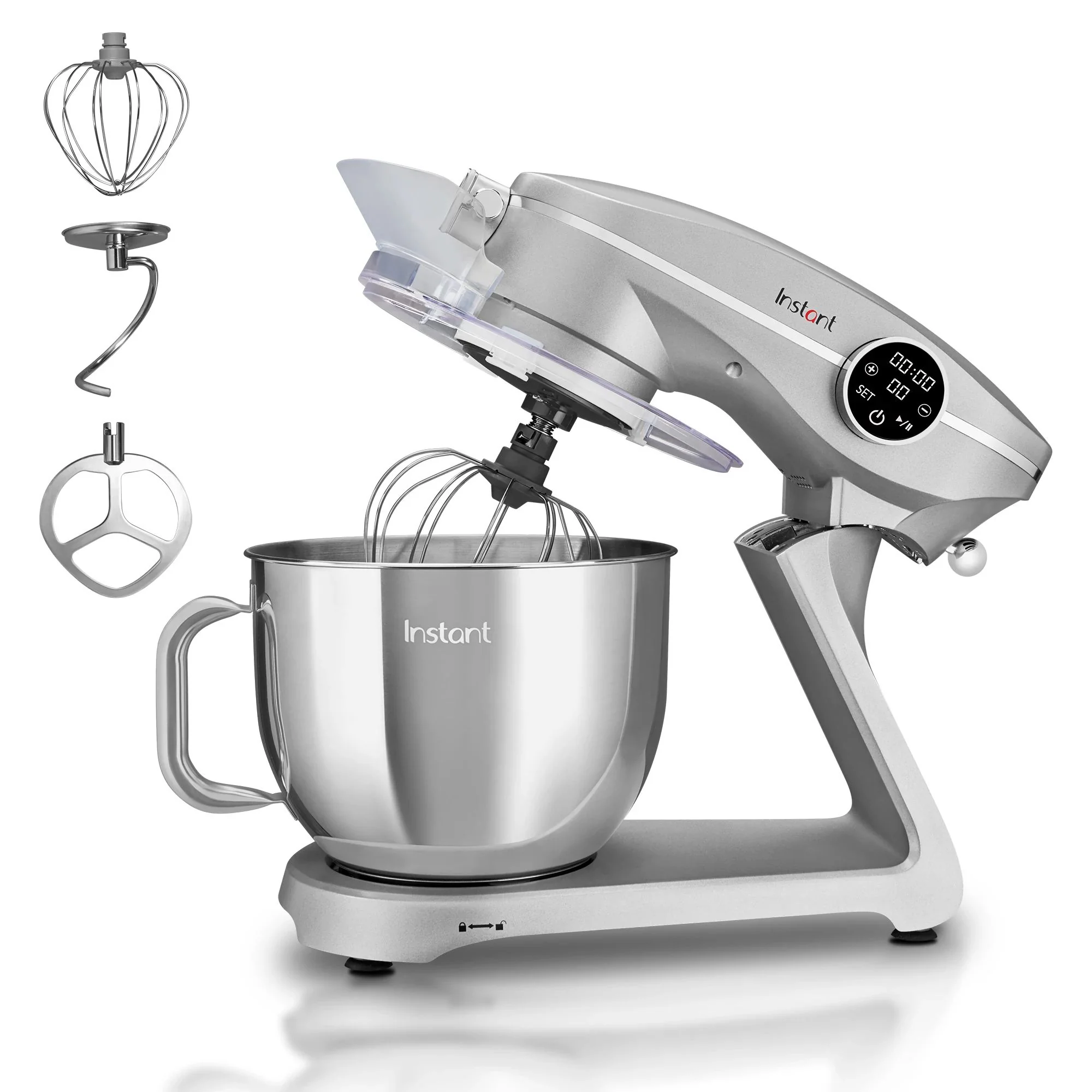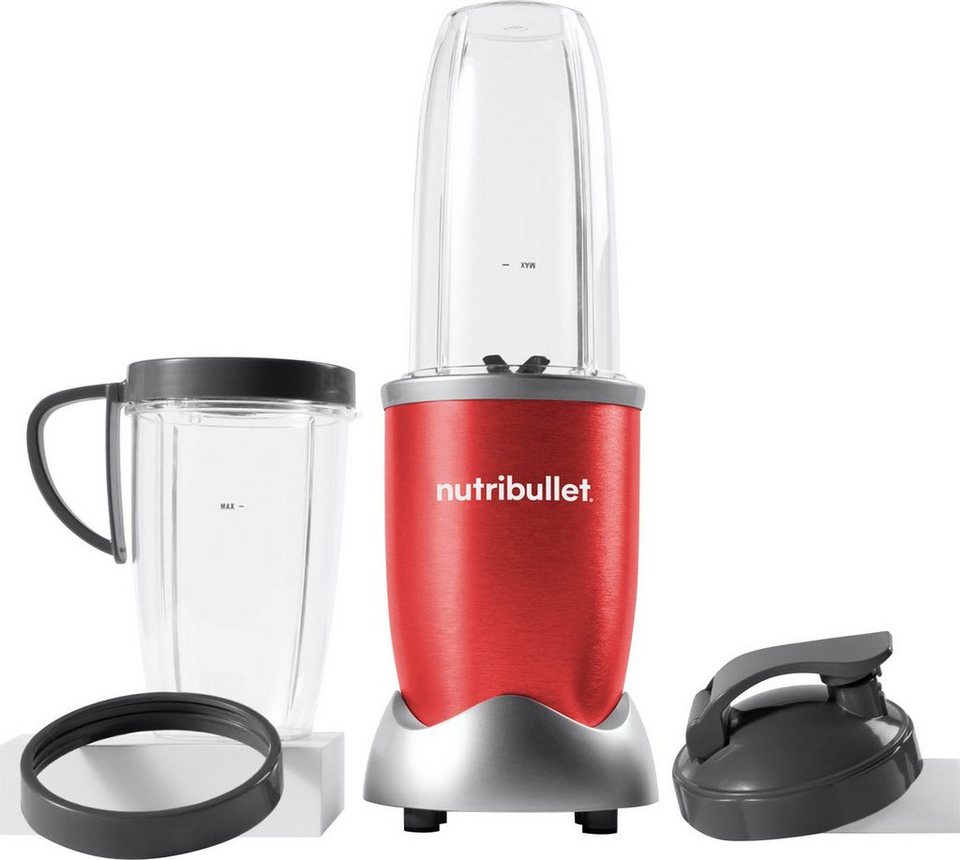Hello there, fellow kitchen enthusiast! Welcome to Stand Mixer Pro, the place where we turn good home bakers into great ones. If you’re reading this, chances are you’ve got a trusty stand mixer on your counter, a powerhouse that has already revolutionized your bread and cakes. But what about that box tucked away in the cupboard? The one labeled “Food Processor Attachment”? Let’s be honest, you’re probably wondering How To Use A Food Processor Attachment to its full potential. You’re not alone. I remember my first one; it felt like unlocking a secret level in my favorite video game. This attachment isn’t just an add-on; it’s a ticket to transforming your stand mixer from a baking specialist into an all-around kitchen champion. So, grab a coffee, and let’s dive into demystifying this incredible tool together.
Why This Attachment is a Kitchen Game-Changer
Before we get into the nuts and bolts, let’s talk about the why. Why dedicate precious kitchen real estate to another accessory? Simple: it leverages the one thing your stand mixer has in spades—a powerful, reliable motor.
A standalone food processor is great, but the attachment model offers some unique perks:
- Space Saving: You get the full functionality of a food processor without needing another bulky appliance clogging up your countertop or cabinet.
- Power & Consistency: It runs off your stand mixer’s robust motor, which is often more powerful and durable than those in mid-range standalone units. This means more consistent slicing, shredding, and dicing.
- Cost-Effective: It’s typically a more affordable way to get food processing capabilities if you already own a compatible stand mixer. It expands the value of your initial investment.
Think of it as giving your kitchen’s MVP a whole new set of skills. Suddenly, your master dough-kneader is also your expert vegetable slicer and cheese shredder.
Getting to Know Your Gear: Anatomy of the Attachment
Okay, let’s unbox this thing. While designs vary slightly between brands like KitchenAid or Cuisinart, the core components are generally the same. Understanding each part is the first step in learning how to use a food processor attachment safely and effectively.
- The Main Housing: This is the body of the attachment. It connects directly to your stand mixer’s power hub.
- The Drive Assembly: A small metal shaft that slots into the housing and transfers the motor’s power up to the blades.
- The Work Bowl and Lid: A clear container where all the magic happens. The lid locks into place and has a feed tube on top.
- The Feed Tube and Food Pusher: This is where you guide ingredients into the machine. The pusher helps you safely press food down toward the blade and often comes in multiple sizes for different ingredients (like a wide one for potatoes and a narrow one for carrots).
- The Blades and Discs: This is your arsenal. You’ll typically get:
- A Reversible Shredding Disc: One side for fine shredding (hard cheeses, carrots for slaw) and the other for coarse shredding (potatoes for hash browns, cabbage).
- An Adjustable Slicing Disc: This is the star of the show. It usually has an external lever allowing you to change the slice thickness on the fly, from paper-thin to chunky.
- A Dicing Kit (Optional/Included in some sets): This includes a dicing grid and a special slicing blade that work together to create perfect little cubes of vegetables or fruits.
How to Use a Food Processor Attachment: A Step-by-Step Guide
Ready to get hands-on? Let’s walk through the process from setup to slicing. It’s easier than you think.
- Safety First! Before you do anything, unplug your stand mixer. This is non-negotiable. Never attach or detach anything from the power hub while the machine is plugged in.
- Access the Power Hub: Locate the power hub on the front of your stand mixer’s head. Unscrew the hub cover (it usually has the brand’s logo on it) and set it aside.
- Attach the Housing: Insert the attachment’s housing into the power hub, making sure the power shaft aligns correctly. Rotate it back and forth gently until it seats properly. Tighten the attachment knob on the side of the mixer hub to secure it. Give it a gentle tug to make sure it’s locked in.
- Insert the Drive Assembly: Drop the metal drive assembly shaft into the top of the housing.
- Choose and Place Your Disc: Select the disc you need (slicing, shredding, etc.). Place it onto the drive assembly inside the work bowl. It should sit snugly.
- Lock the Lid: Place the lid onto the work bowl and twist it until it clicks and locks into place. Most attachments have a safety mechanism that prevents the mixer from turning on if the lid isn’t secure.
- Ready for Action: Place a large bowl under the chute to catch your beautifully processed food. Now, you can plug your stand mixer back in.
- Set the Speed: Start your mixer on a low to medium speed. A speed setting of 2 to 4 is perfect for most tasks. Going too fast can mangle softer foods.
- Feed the Ingredients: Gently guide your ingredients down the feed tube using the food pusher. Never use your fingers or any other utensil! Let the machine do the work; you don’t need to apply a lot of pressure.
As professional pastry chef and kitchen consultant Isabella Rossi notes, “The biggest mistake beginners make is forcing food through the feed tube too quickly. The key to uniform slices is a steady, gentle pressure. Let the blade’s sharpness and the motor’s power work in harmony.”
Mastering Your Blades: Pro Tips for Perfect Prep
Knowing the steps is one thing; mastering the technique is another. Here’s how to get the most out of each function.
Slicing Like a Pro
The adjustable slicing disc is brilliant for everything from potatoes au gratin to cucumber salads.
- For Uniform Slices: Cut your food (like potatoes, zucchini, or onions) to fit snugly in the feed tube. This prevents them from tumbling around and results in perfect, even rounds.
- Adjust on the Fly: The external lever is your best friend. You can start with thick slices for a stew and then, without stopping the machine, adjust to thin slices for a garnish.
- Soft Foods: For tomatoes or ripe fruits, use a slightly higher speed (around 4) and very gentle pressure to avoid squashing them.
Shredding with Ease
From tacos to coleslaw, the shredding disc saves so much time and knuckle-skin.
- Cheese Tip: For semi-soft cheeses like mozzarella or cheddar, pop them in the freezer for 15-20 minutes before shredding. This firms them up and prevents them from gumming up the disc.
- Use the Right Side: Remember the disc is reversible. Use the coarse side for potatoes or zucchini and the fine side for hard cheeses like Parmesan or carrots for a delicate slaw.
Dicing and Julienning
If your kit includes a dicing or julienne disc, you’ve hit the meal-prep jackpot.
- Perfect Cubes: The dicing kit works by first slicing the food and then immediately forcing it through a dicing grid. It’s incredible for making salsa, mirepoix, or fruit salad in seconds.
- Consistency is Key: Just like with slicing, make sure your vegetables are cut to a uniform size that fits the feed tube for the most consistent results.
Cleaning and Maintenance: Keep It Running Smoothly
Proper care is essential for the longevity of your kitchen appliance. Luckily, cleaning this attachment is a breeze.
- Disassemble: Once you’re done, unplug the mixer and disassemble the attachment in the reverse order you put it together.
- Wash: Most work bowls, lids, pushers, and discs are top-rack dishwasher safe. However, I always recommend hand-washing the blades and discs. It keeps them sharper for longer and prevents any potential warping from high heat cycles.
- Wipe Down the Housing: The main housing unit should never be submerged in water. Simply wipe it clean with a damp cloth.
- Dry and Store: Ensure all parts are completely dry before storing them to prevent rust or mildew. Many kits come with a storage case to keep all the sharp bits safely organized.
Frequently Asked Questions (FAQ)
Q1: Can a food processor attachment completely replace my standalone food processor?
For most everyday tasks like slicing, shredding, and dicing, absolutely. It’s a fantastic replacement that saves space. However, standalone units may still have an edge for tasks like making purées, nut butters, or large-batch doughs that require a sealed bowl and an S-blade.
Q2: How do I know what speed to use for my food processor attachment?
A great rule of thumb is to start low, around speed 2, and increase to 4 if needed. Softer foods might benefit from a slightly higher speed to prevent mushing, while harder foods do well at a lower, steady pace. Avoid high speeds like 8 or 10, which are designed for whipping.
Q3: My food is getting stuck at the top of the disc. What am I doing wrong?
This usually happens for one of two reasons: you’re either applying too much pressure with the food pusher or the mixer speed is too low for the food you’re processing. Try lightening your touch and letting the blade work, or slightly increasing the speed.
Q4: Is the KitchenAid food processor attachment compatible with all KitchenAid mixers?
Yes, one of the best features of the KitchenAid system is that their hub-powered attachments, including the food processor, are designed to fit every model of stand mixer they’ve ever made, from the classic tilt-head to the largest bowl-lift professional models.
Q5: What are some creative ways to use a food processor attachment?
Think beyond salads! Use it to slice potatoes for homemade chips, shred zucchini for fritters, dice a trio of peppers and onions for a quick fajita mix, or thinly slice apples for a beautiful rustic tart. It’s a meal-prep powerhouse.
Your Kitchen’s New Best Friend
Learning how to use a food processor attachment truly opens up a new chapter in your culinary journey. It’s an investment that pays you back every single week with saved time, effort, and perfectly prepped ingredients. You’ve already got the heart of the operation—that powerful stand mixer motor. Now you have the tool to unleash its full, versatile potential.
So go ahead, take that attachment out of its box. Give it a wash, hook it up, and start experimenting. We’d love to hear about your first creations! What will you make? Share your experiences in the comments below.